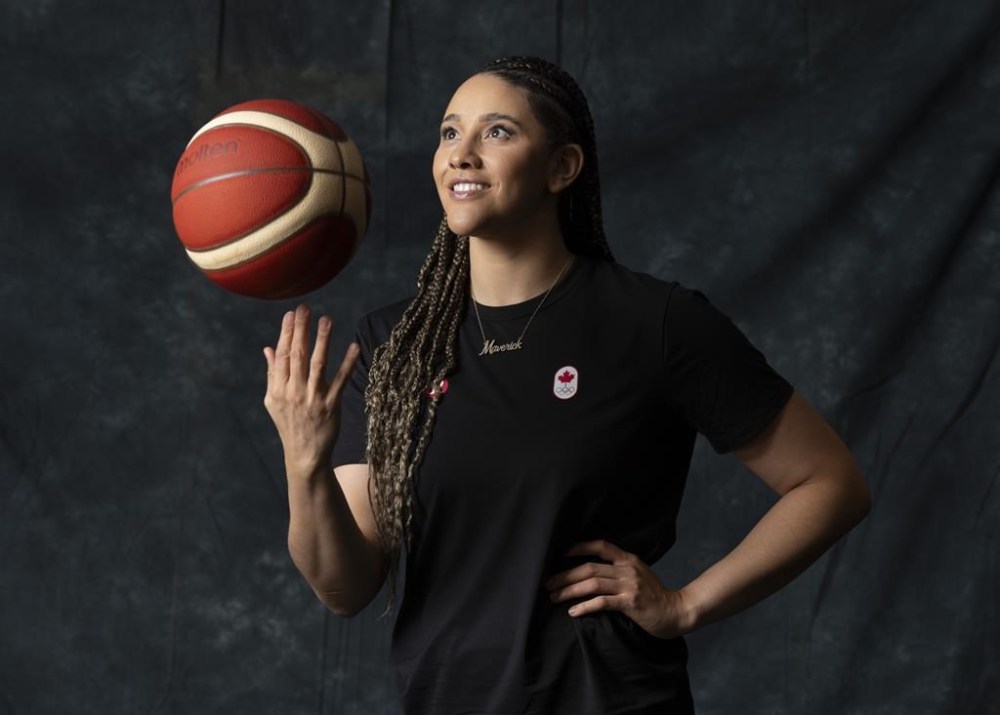Achy, breaky body parts a fact of life for Canada’s Olympic athletes
Advertisement
Read this article for free:
or
Already have an account? Log in here »
To continue reading, please subscribe:
Monthly Digital Subscription
$0 for the first 4 weeks*
- Enjoy unlimited reading on winnipegfreepress.com
- Read the E-Edition, our digital replica newspaper
- Access News Break, our award-winning app
- Play interactive puzzles
*No charge for 4 weeks then price increases to the regular rate of $19.00 plus GST every four weeks. Offer available to new and qualified returning subscribers only. Cancel any time.
Monthly Digital Subscription
$4.75/week*
- Enjoy unlimited reading on winnipegfreepress.com
- Read the E-Edition, our digital replica newspaper
- Access News Break, our award-winning app
- Play interactive puzzles
*Billed as $19 plus GST every four weeks. Cancel any time.
To continue reading, please subscribe:
Add Free Press access to your Brandon Sun subscription for only an additional
$1 for the first 4 weeks*
*Your next subscription payment will increase by $1.00 and you will be charged $16.99 plus GST for four weeks. After four weeks, your payment will increase to $23.99 plus GST every four weeks.
Read unlimited articles for free today:
or
Already have an account? Log in here »
Hey there, time traveller!
This article was published 14/07/2024 (484 days ago), so information in it may no longer be current.
One body part, or a few, in athletes’ bodies endure a lot of strain and overuse while training and competing for Canada.
Athletes bound for the Olympic Games in Paris reveal which body part their sport is hardest on.
Avalon Wasteneys, Campbell River, B.C., rowing

“If you’re racing, the area of your body that hurts the most probably is your legs. The body parts that maybe suffer the most injury from rowing could be your ribs. Rib fractures are just a really chronic common injury that athletes get through rowing.”
Eric Peters, Kitchener, Ont., archery
“Definitely your back and your shoulders. You pull the bow back with your back and you hold the bow up with your shoulders. We spend a lot of time standing in one place, so your feet can get a little tired, but it’s your back and shoulders really doing the work.”
Natalie Achonwa, Guelph, Ont., basketball
“Especially basketball and women’s basketball, knees are always a thing. It’s a jumping sport and an agile sport. It’s an impact sport. In my senior year of college, I actually had an ACL tear meniscus, I almost blew up knee, so it’s definitely something that I’m very conscious of, building glutes, hamstrings, quads, everything to protect that structure.”
Maude Charron, Rimouski, Que., weightlifting
“It’s very muscular and it’s a lot of legs and a lot of back, so lower back, knees, hips. I would say it’s a lot of nervous system because it’s heavy, it’s hard. There’s no easy training. The same 120 kilos from Monday is the same 120 kilos from Tuesday. Sometimes that 120 will feel lighter and sometimes will feel a ton.”
Phil (Wizard) Kim, Vancouver, breaking
“There are actually some specific ones, like a lot of little muscles that you use that are easy to damage, for example, the wrists. There’s a lot of wrist issues within breaking, myself included. Shoulders are a big one because it’s a lot of upper body as well as your knees because at least the way I dance, I bash my knees a lot. My ankles as well because I do kind of weird things with my ankles.”
Sarah Douglas, Toronto, sailing
“It’s a mix of power and endurance. We compete for six days and each race is 45 minutes to an hour long. In the boat I sail, it’s a lot of legs and core. As much as the physical aspect is really important to train, the mental side of it is extremely important. It’s like running a race while playing a chess game.”
Sarah Mitton, Brooklyn, N.S., shot put
“It’d be almost surprising to know that you actually don’t throw it with your arm. I’m not like Popeye. I don’t just have this one big bicep arm, as much as I kind of wish I did. That would be a cool piece. About 80 per cent of the throw comes from your legs. You create so much speed and force from the ground up.”
Katie Vincent, Mississauga, Ont., sprint canoe
“We’re one of those full-body sports. At the end of the race, your legs hurt, your arms hurt, your back is tight. If you’re doing it right, I think it should be all of it.”
Sanoa Dempfle-Olin, Tofino, B.C., surfing
“Surfing requires full-body strength. If you’re surfing in more rippy conditions and you’re paddling a lot, it can be very fatiguing for your shoulders and traps (trapezius muscles) and arms. I do a lot of strength training in the gym.”
Tammara Thibeault, Shawinigan, Que., boxing
“My traps. We’re always contracted with our upper body. Our hands are always tight. My neck and my traps are so sore from holding all that tension.”
This report by The Canadian Press was first published July 14, 2024.






